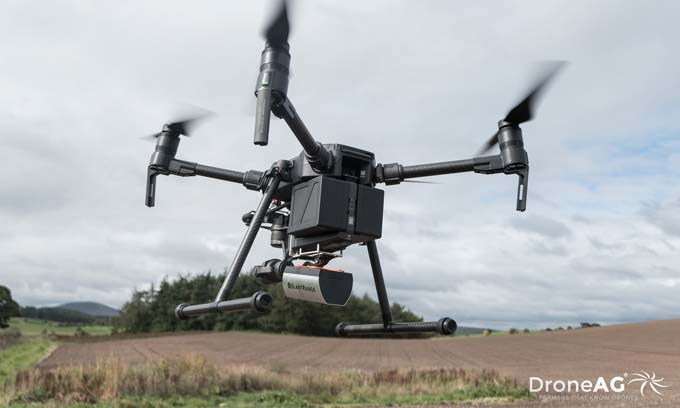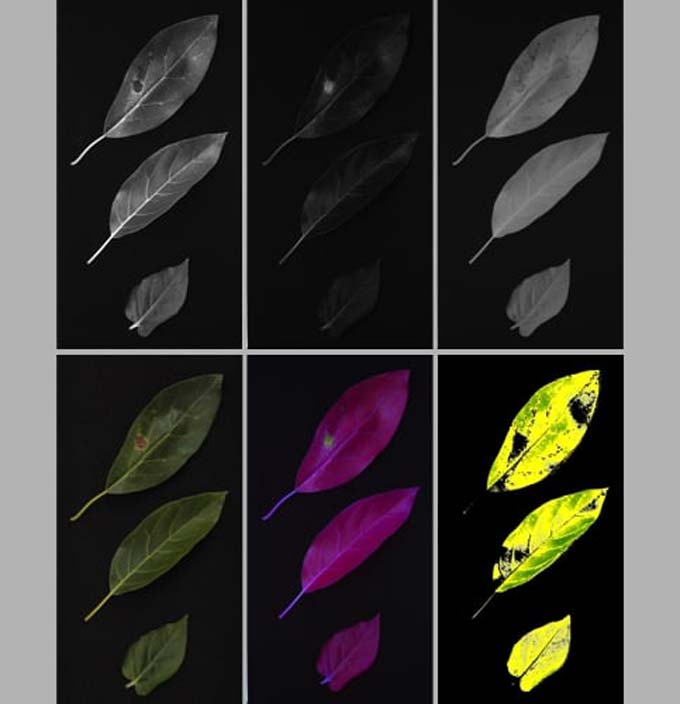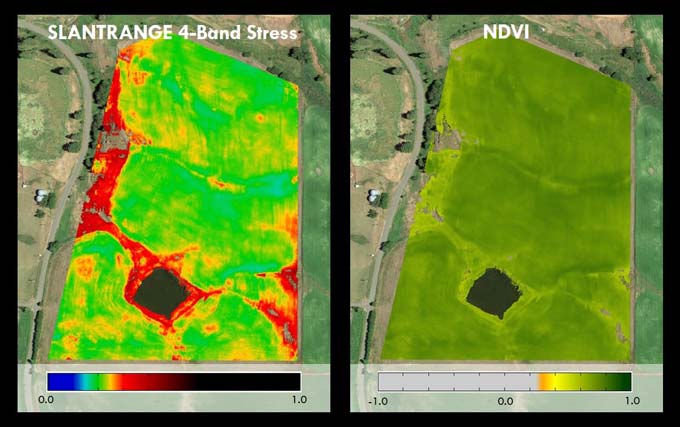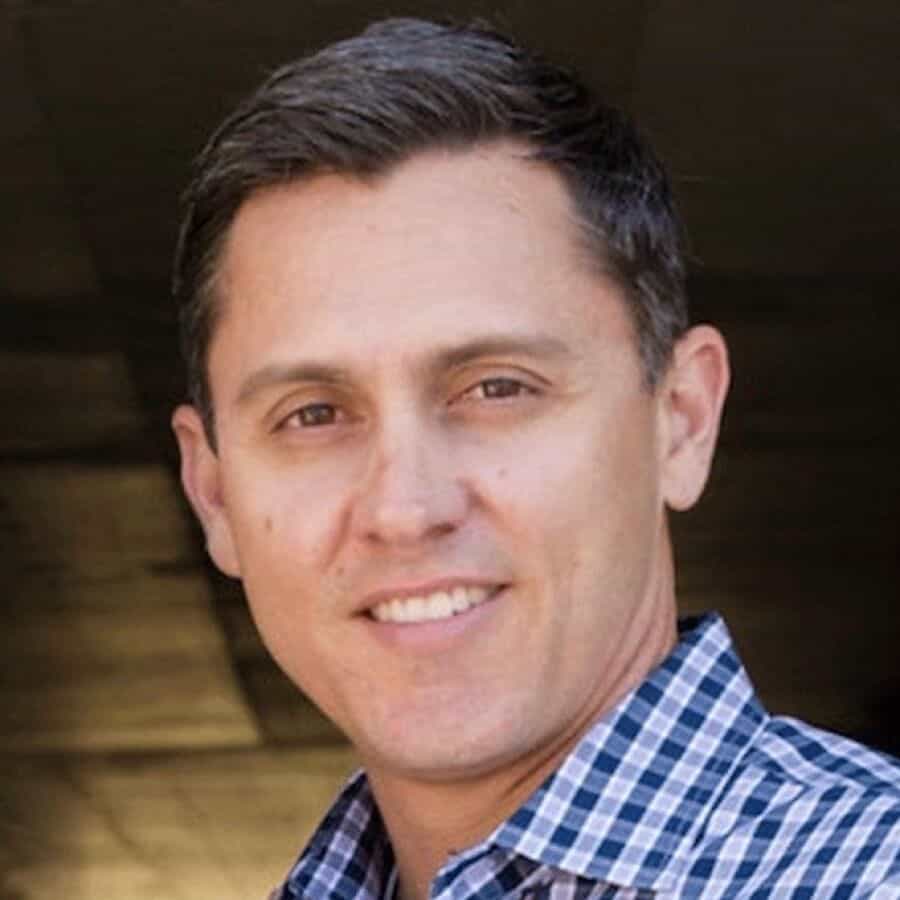Technology is taking us to places that, in many instances, we never thought of. While aerial surveys of agricultural lands are nothing new, a recent startup called Slantrange is taking the aerial survey concept into new dimensions by using drones and high tech sensors to help optimize farm production. We are interviewing Slantrange CEO Michael Ritter, who will tell us about his new technology and more.
Mr. Ritter, what was your motivation in establishing Slantrange?
We had been working with remote sensing technologies for many years on applications in defense and the earth sciences. These technologies included things like specialized cameras, lidar, radar systems, and the software tools that turn the raw data from those sensors into useable information. We had the idea that similar techniques might be used to assist farmers in better understanding how their crops are developing, and with that information they could make better decisions, and ultimately produce more food with less land, less cost, and less harmful inputs. That was an exciting prospect for us, so we quit our jobs and built a prototype to prove it could be done.

How does the technology work?
We’ve designed some special camera systems that measure the size, shape, and color of individual plant leaves to make determinations on the health condition of the plant. Really these systems work in a similar manner to humans. Farmers know that certain colors and leaf shapes mean something, and we’ve largely built a system that can do what the farmer has always done, but far more accurately and quickly.
How does your technology help to reduce cost?
In lots of ways. The biggest one is in how farmers apply fertilizers and pesticides. Traditionally, farmers will cover their whole fields with these chemicals, but by using our technology they get a map of where they need fertilizer and where they need pesticides. This allows them to reduce the cost of those inputs by not applying where it’s not needed.

Analytical systems
How many hectares is your company able to survey in one day?
Our company designs and sells the technology, and it’s farmers and drone operators that do the surveying, so we’re not sure how much is done in one day. But I can say that our systems are being used in over 30 countries around the world.

SLANTRANGE 4-band vegetation stress (left) is more sensitive to early stress indicators than simple 2-band NDVI (right).
Are there any other advantages compared with traditional methods?
The traditional method is for a farmer to walk around the field looking at plants. That’s very slow, laborious, inaccurate, and expensive – so only a very small fraction of the fields actually would get surveyed. One of our systems can cover several thousand hectares in a day with complete accuracy and at very low cost, so the farmer knows nothing is being missed. Perhaps more importantly, the farmer can combine the data we collect on crop health conditions with data on what types of seeds he planted, how they were planted, weather data, nutrient data, etc. to come up with better formulas and predictions on what is the most efficient way to run the farm.
Please tell us about your growing up.
I’ve always been fascinated with flight from my youngest years. This led me to study engineering in school, to seek out jobs in the design of aircraft systems, and to get my pilot’s license. I was also fortunate to be supported by a family that encouraged hard work and education, and to take risks if it made sense.
Who were your sources of inspiration?
I admired a lot of historical figures for their achievements across many different disciplines, but I suppose my sources of inspiration are really those closest to me, those who said “go for it, you can do this” when I stood uncertain of taking on a risk and chasing a dream.
What are your activities outside of work?
These days, not too many, unfortunately. Starting and building a company is an all-consuming activity. But when I do have the time I’ll make sure I get some outdoor exercise, go out with friends, or try to learn something new about a new topic to recharge.
You are said to have raised in excess of 9 million dollars. Our readership comprises mainly young people in different parts of the world who look up to high achievers like you. A word of advice about raising money for those who wish to venture out into the world of business?
I suppose there are lots of small points of advice to give to those thinking of starting a business, but I guess I can focus on a few key ones:
- Understand your product-market fit better than anyone else
- Talk to everyone and anyone about your product, business, and goals. You never know where that next round of funding may come from or which introduction might turn into your next big deal, so networking is key. Even if a conversation doesn’t produce a funding round or a sale, the questions you get and the conversations will help hone your message and your ability to communicate it.
- It’s going to be a roller coaster ride, so get used to it.
- Surround yourself with the best people you can. And by the best I mean the people who have the drive, the talent, and the temperament to build a winning team with you, because you can’t do it by yourself.
Photos: From the archive of Slantrange
Support us!
All your donations will be used to pay the magazine’s journalists and to support the ongoing costs of maintaining the site.
Share this post
Interested in co-operating with us?
We are open to co-operation from writers and businesses alike. You can reach us on our email at [email protected]/[email protected] and we will get back to you as quick as we can.









